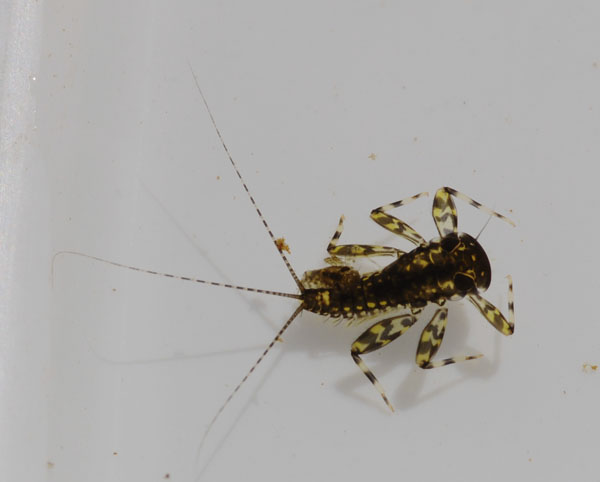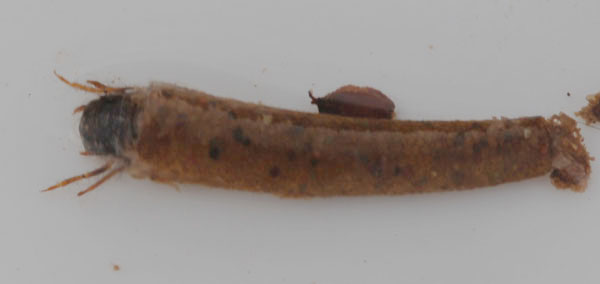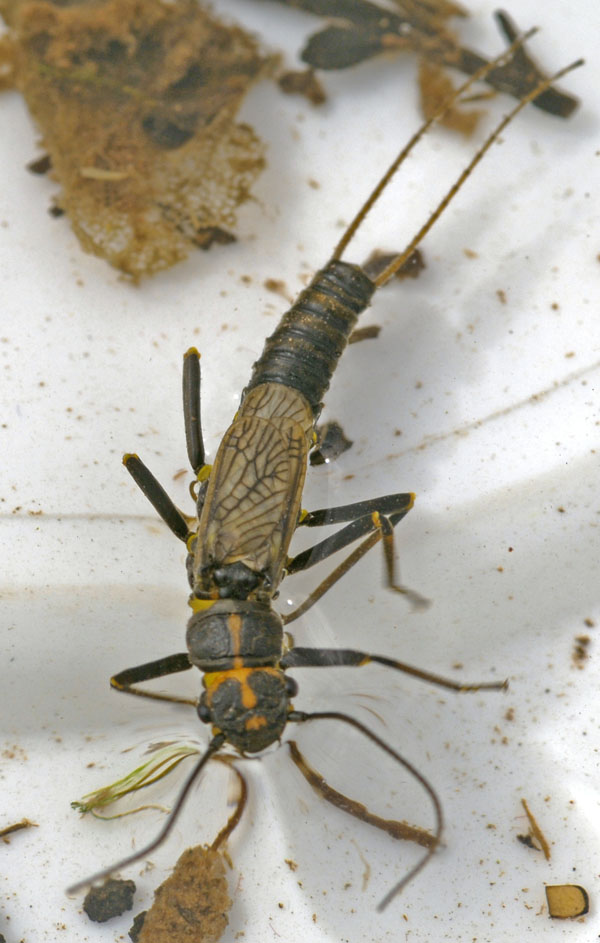
Spring Trout Fishing on the River Usk
What a fantastic time of year this is. The end of the winter has almost come with the usual upsets in the weather but the long dark nights are starting to draw out and those feelings of excitement at catching the first wild fish of the season start to take over.
Times change, however, and many different things affect our river that results in a change of fish behaviour. The main one I believe is the failure over several years of the great March Brown hatch that the river was famous for.
I read all the regular fishing mags like the rest of you and I am amazed at some of the articles that still promote the March Brown hatch on the River Usk as being the story of legends. Well, the truth is it used to be one of the most prolific hatches of the fly on British rivers and was renowned as the place for people to travel to and catch earlier season Browns with abandon. I for one (who has regular access to many areas of the Usk) have seen a total of 7 X March Browns in the last five years.

The fly is big and once seen on the water can not be mistaken for anything else other than what it is at this time of year (March/April)
Where confusion reigns are when an angler sees a great hatch of Grannom Sedge. These flies come up out of the water and dance and fly about but always upstream. They will hatch in their thousands and cover the angler. Trout will be seen moving and rising amongst them, but please look carefully and see how many of the flies are eaten by those rising trout. Not that many. Look closer and you may see that they are in fact taking olives which are hatching amongst them.
I will never say never but I would always prefer to fish an olive in a hatch of Grannom. I don’t think the trout like them, but that my own view and I have been known to be wrong (my wife and daughter say I am always wrong but they don’t fish).
The best way to lift your confidence at this time of year is to get down at the river bed and start to do a few kick samples. To explain all you have to do is get a bit of fine netting and get it to the shape of your landing net and ensure that it fits tightly over the rim. Now put it into the water and hold the handle upright with the rim on the gravel/stones and gently kick your feet disturbing the bottom. The rubbish will settle again to the bottom of the river but the fine netting will collect the nymphs and aquatic life that the trout feast upon. You will see that the majority of food that the fish eat is a lot smaller than the flies and the colours are a lot darker than you expect. What you will also notice is that most of the insects will be some form of caddis larva or worm.
Last year in April I went out and did just what I have explained and here are the results.
Below or pictures of Olive nymphs. These ones are Heptagenia, which indicates they are stone clingers. Note the different colour changes of olive.
Here is a photo of a Cased Caddis.
Below is another of the caddis family but, this time, a free-swimming Hydropsyche larva.
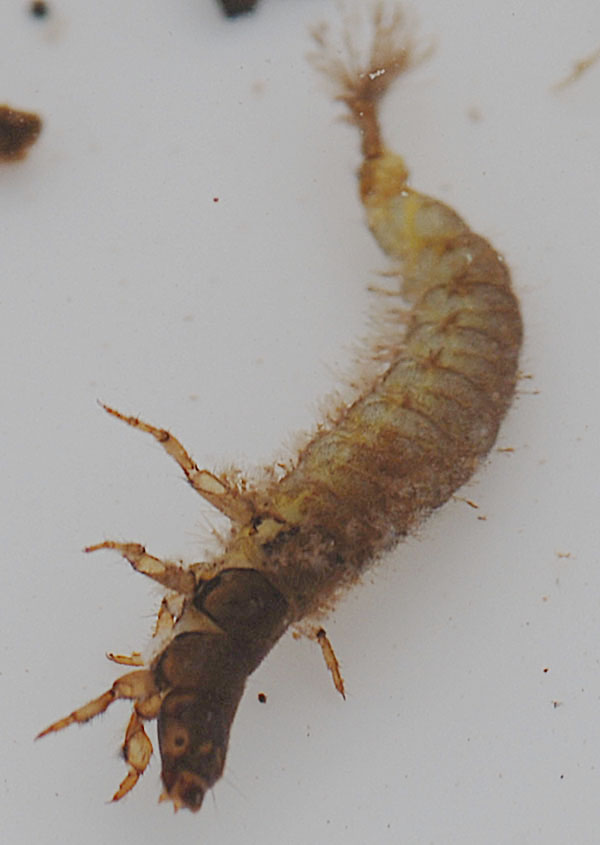 A Mayfly nymph (Ephemera Vulgata/ Danica)
A Mayfly nymph (Ephemera Vulgata/ Danica)
The other insects that prevail at this time are the two types of Stonefly first shown here is the wingless Stonefly.
And now the winged stonefly.
The photograph below is of a Dark Olive.
The best thing I can get you to do is to join our own Tom Richards on one of his fly identification surveys or alternatively get in the river and have a good reference book to hand. Pat O Reilly’s comes to mind with stunning photos by Melvin Grey.
What about fishing and what flies to use.
For wet fly fishing on a dead drift, I would suggest a three fly cast with a Wet Olive Quill on the top dropper, a Usk Naylor on the Middle dropper, and a Pheasant tail on the point.


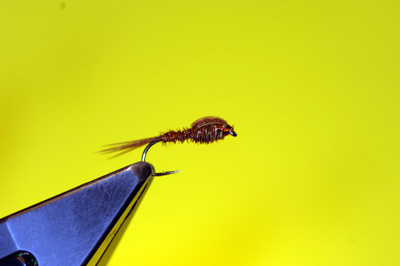
More traditional patterns such as a snipe and purple, Greenwell’s spider and a Waterhen Bloa should also be considered, and, for upstream dry flies, you cannot beat a Hares Ear dry fly or Gwilym Hughes’ Olive emerger. Other patterns to consider are a Kite’s Imperial and an Olive F Fly.


The time to fish is between 11 am and 4 pm each day and any rise in the air temperature will see a hatch of olives. Watch nature and it will tell you when to get ready and in spring just look out for the wagtails as they appear like magic when a hatch is about to start.
My last bit of advice for you is not to dive straight into the river. Watch from the bank first and see where your fish rise. More often they will be in a few inches of water next to the bank and only go a sulk in the deeper water when a careless footfall or splash of the line send them scurrying away. Think about short casts and drag-free drifts also.
Fishing for wild fish is not easy but I think one wild fish is worth 20 stocked. Well, it is up to you now. Go softly to the river and look before you jump in. It is the careful and considerate angler that often catches the most fish.



